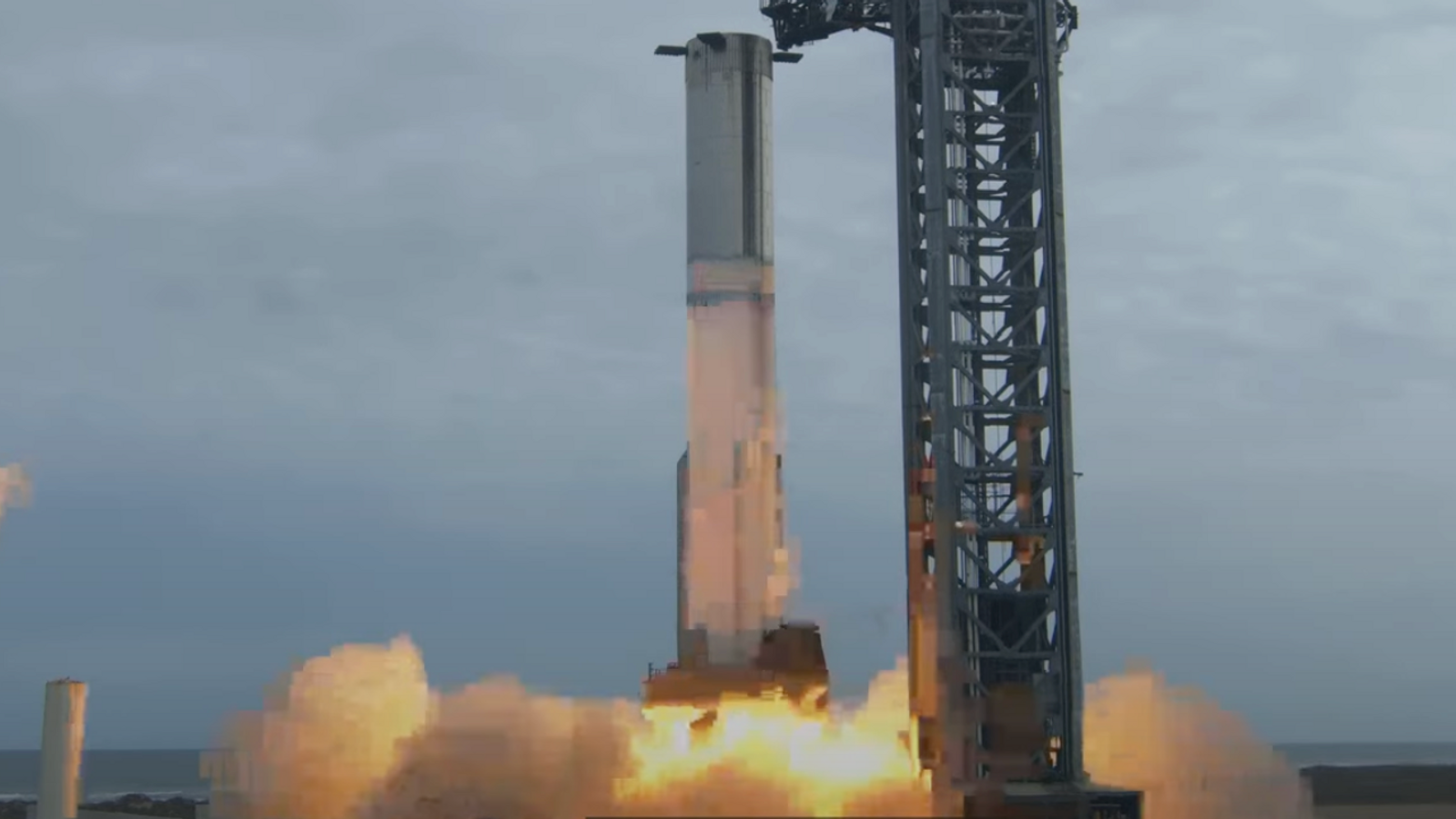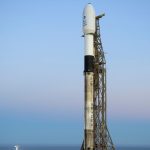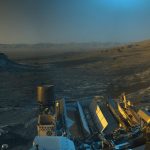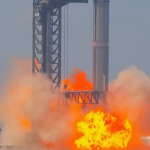SpaceX has tested its most powerful ever rocket system ahead of planned civilian trips to the moon.
Yesterday Elon Musk‘s company fired up the engines on its towering Super Heavy booster, which makes up one half of the ambitious Starship craft targeting its first orbital flight in the coming weeks.
The stationary test did not go entirely smoothly, as two of the booster’s Raptor rocket engines did not ignite. The remaining 31 fired for around 10 seconds.
Musk said they would still generate enough power to reach orbit, having set a new record for the amount of thrust produced by a single rocket – 17 million pounds.
It remains to be seen whether the billionaire’s firm will attempt another static fire test before the next-generation rocket’s inaugural launch from Texas.
SpaceX president Gwynne Shotwell said that could happen “in the next month or so”.
Ms Shotwell would have been pleased with the outcome of Thursday’s test at Boca Chica, which is located on the Texas-Mexico border, having declared “the real goal is to not blow up the launchpad”.
There was no sign of any damage to the rocket or infrastructure.
Starship itself is the centrepiece of Musk’s long-term goal to colonise Mars.
It’s a two-stage rocket system, the most powerful ever constructed, and is almost 400ft (120m) tall.
Watch: SpaceX rocket fire satellites into orbit
The privately-funded dearMoon mission has been aiming to take a crew of civilians – including an Irish-British artist from north London – to the moon and back aboard Starship later this year.
NASA, which partially funded the spacecraft, also plans to use it to land its first crew of astronauts on the moon in more than 50 years via its Artemis programme.
But Ms Shotwell indicated earlier this week that it will first need to launch hundreds of uncrewed missions carrying satellites before flying humans for the first time.






















